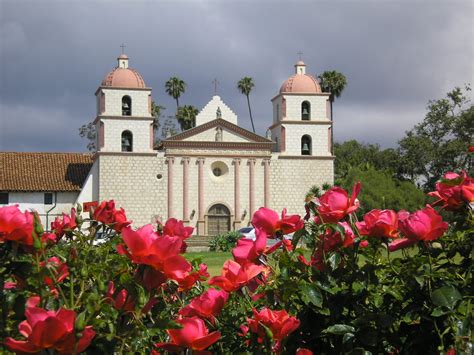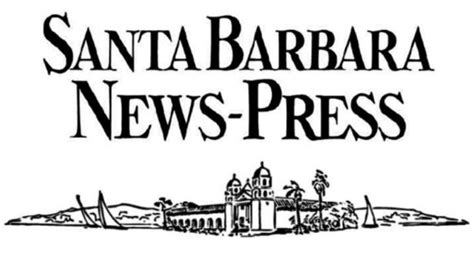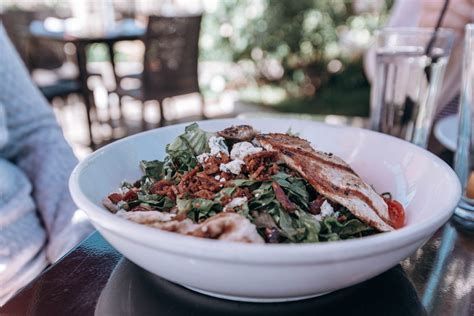The city of Santa Barbara, nestled between the Santa Ynez Mountains and the Pacific Ocean, boasts a rich and diverse history that spans thousands of years, from the earliest indigenous inhabitants to the present day. One of the most fascinating aspects of Santa Barbara’s history is the development of its churches, which have played a significant role in shaping the city’s cultural, spiritual, and architectural landscape. In this article, we will delve into the captivating history of Santa Barbara’s churches, exploring their origins, evolution, and impact on the community.
The Early Years: Mission Santa Barbara The story of Santa Barbara’s churches begins with the founding of Mission Santa Barbara in 1782 by Spanish Franciscan friar Fermín de Lasuén. The mission was the tenth of twenty-one established in California and was dedicated to the martyr Saint Barbara. The mission’s early years were marked by struggle and hardship, as the native Chumash people were forcibly relocated and converted to Christianity. Despite these challenges, the mission flourished, and its church became a central hub of activity, hosting numerous baptisms, weddings, and funerals.
As the years passed, Mission Santa Barbara underwent significant changes, including a devastating earthquake in 1812 that destroyed much of the original structure. The mission was rebuilt, and in 1821, it became part of the newly independent Mexican Republic. During this period, the church began to take on a more Mexican character, with the introduction of traditional Latin American ceremonies and festivities.
The Rise of Catholicism in Santa Barbara Following Mexico’s independence from Spain, the Catholic Church continued to play a dominant role in Santa Barbara’s spiritual landscape. In 1840, the first Catholic bishop, Francisco García Diego y Moreno, was appointed to oversee the diocese of California. Under his leadership, the church in Santa Barbara grew and prospered, with the establishment of new parishes, schools, and charitable institutions.
One of the most notable events in Santa Barbara’s Catholic history was the arrival of the Sisters of Saint Joseph of Carondelet in 1874. These pioneering nuns established a school, an orphanage, and a hospital, cementing the church’s commitment to education, healthcare, and social welfare. The sisters’ selfless dedication and tireless work earned them the respect and admiration of the community, and their legacy continues to inspire and influence the city to this day.
The Emergence of Protestant Churches While Catholicism remained the dominant faith in Santa Barbara, the mid-19th century saw the emergence of Protestant churches in the city. In 1854, the First Presbyterian Church was founded, followed by the Methodist Episcopal Church in 1868. These Protestant denominations brought new perspectives and practices to the city’s spiritual landscape, including a greater emphasis on individual interpretation of scripture and community outreach.
The Protestant churches also played a significant role in shaping Santa Barbara’s social and cultural fabric. Many of the city’s early leaders, including businessmen, politicians, and educators, were affiliated with these churches, which provided a moral framework for their actions and decisions. The churches also served as community hubs, hosting lectures, concerts, and other events that fostered a sense of civic engagement and responsibility.
The 20th Century: Diversity and Growth The 20th century saw significant changes in Santa Barbara’s church landscape, with the establishment of new denominations and the growth of existing ones. The city’s Jewish community, for example, established the Congregation B’nai B’rith in 1928, providing a spiritual home for Jewish residents and visitors. The 1960s and 1970s saw an influx of Eastern spiritual traditions, including Buddhism and Hinduism, which added to the city’s rich cultural tapestry.
This period also saw significant architectural developments, with the construction of new churches, synagogues, and other places of worship. The Santa Barbara Mission, for example, underwent extensive restoration work in the 1950s, which returned the building to its original grandeur. Other notable examples include the stunning Trinity Episcopal Church, designed by architect Albert Kahn in 1915, and the beautiful Our Lady of Sorrows Church, built in 1929.
Conclusion The history of Santa Barbara’s churches is a testament to the city’s enduring spirit and its capacity for growth, diversity, and inclusivity. From the early days of Mission Santa Barbara to the present day, the churches of Santa Barbara have played a profound role in shaping the city’s cultural, spiritual, and architectural landscape. As we look to the future, it is essential to recognize and appreciate the rich heritage of these institutions, which continue to inspire, educate, and nurture the community.
What is the oldest church in Santa Barbara?
+The oldest church in Santa Barbara is Mission Santa Barbara, which was founded in 1782 by Spanish Franciscan friar Fermín de Lasuén.
What role did the Catholic Church play in Santa Barbara's early history?
+The Catholic Church played a dominant role in Santa Barbara's early history, with the mission serving as a central hub of activity and the church providing spiritual guidance and support to the community.
What are some notable examples of Protestant churches in Santa Barbara?
+Some notable examples of Protestant churches in Santa Barbara include the First Presbyterian Church, founded in 1854, and the Methodist Episcopal Church, founded in 1868.
How has the city's spiritual landscape changed over time?
+The city's spiritual landscape has become increasingly diverse, with the establishment of new denominations and the growth of existing ones, including the emergence of Eastern spiritual traditions and the Jewish community.
What is the significance of the Santa Barbara Mission's restoration work?
+The restoration work on the Santa Barbara Mission, which took place in the 1950s, returned the building to its original grandeur and ensured the preservation of this historic landmark for future generations.
As we reflect on the history of Santa Barbara's churches, it becomes clear that these institutions have played a profound role in shaping the city's cultural, spiritual, and architectural landscape. By understanding and appreciating this rich heritage, we can gain a deeper insight into the values, traditions, and community that define Santa Barbara.
Pros and Cons of Church Development in Santa Barbara
- Pros:
- Provided spiritual guidance and support to the community
- Played a significant role in shaping the city’s cultural and architectural landscape
- Offered education, healthcare, and social welfare services
- Cons:
- Imposed European values and traditions on indigenous populations
- Contributed to the decline of native cultures and languages
- Experienced internal conflicts and power struggles



